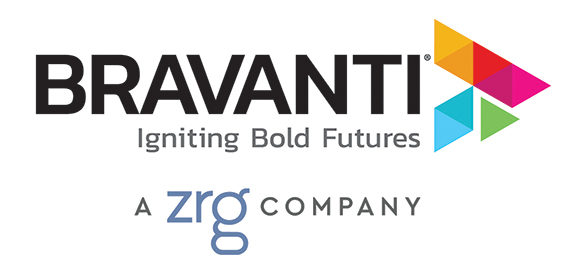By Michael McGowan
How many leadership positions in your company have a successor in place? A study by InfoPro Learning in 2017 revealed that 25 percent of organizations say less than 10 percent of critical leadership positions have ready and willing successors.
Pipeline problems aside, companies are struggling as their strongest performers are drawn away by recruiters. To make it worse, it appears that most employees aren’t resisting. The study shows that 67 percent of Millennials are actively seeking a new job, and the remaining 33 percent will follow in their footsteps within the next three years. Meanwhile 10,000 Baby Boomers are retiring every day. Because of all this, 84 percent of companies will have a serious shortfall of leaders within the next five years.
Employee retention is an often-overlooked but increasingly important element in talent management and succession planning. With unemployment at an all-time low, finding and hiring adequately qualified candidates is easier said than done.
In today’s culture, job satisfaction isn’t solely a reflection of the organization itself, but of the opportunities that are presented to employees. Many companies have standard training or engagement programs that just don’t work anymore. Millennials have a bad reputation of job-hopping, but here’s why: They view development and engagement as more than just training. They expect coaching, mentoring, and rotation through different roles. When they realize their company doesn’t offer that, they will move on to another company.
One of the biggest mistakes that companies can make is assuming that their workforce is content. Organizations must have open communication with their employees to gauge their satisfaction levels and highlight problems that need to be resolved. Every company seeking low turnover rates should consider what they offer their talent that makes their organization a sustainable place to work both daily and in the long term.
This includes a clear company vision that is reflected in the culture; high-quality managers; a comfortable and positive work environment that fosters productivity; and the prospect of further learning, professional development, and advancement within the company.
It is unlikely that recruiters will stop contacting your employees any time soon. However, the text messages, phone calls, and emails will be rendered useless if your organization is well-loved and hard to leave behind. Determine what your talent lacks in terms of job satisfaction, use your resources to meet those needs, and protect yourself from a shortage of leaders in the future.
Some of this content originally appeared on CIO.com.

